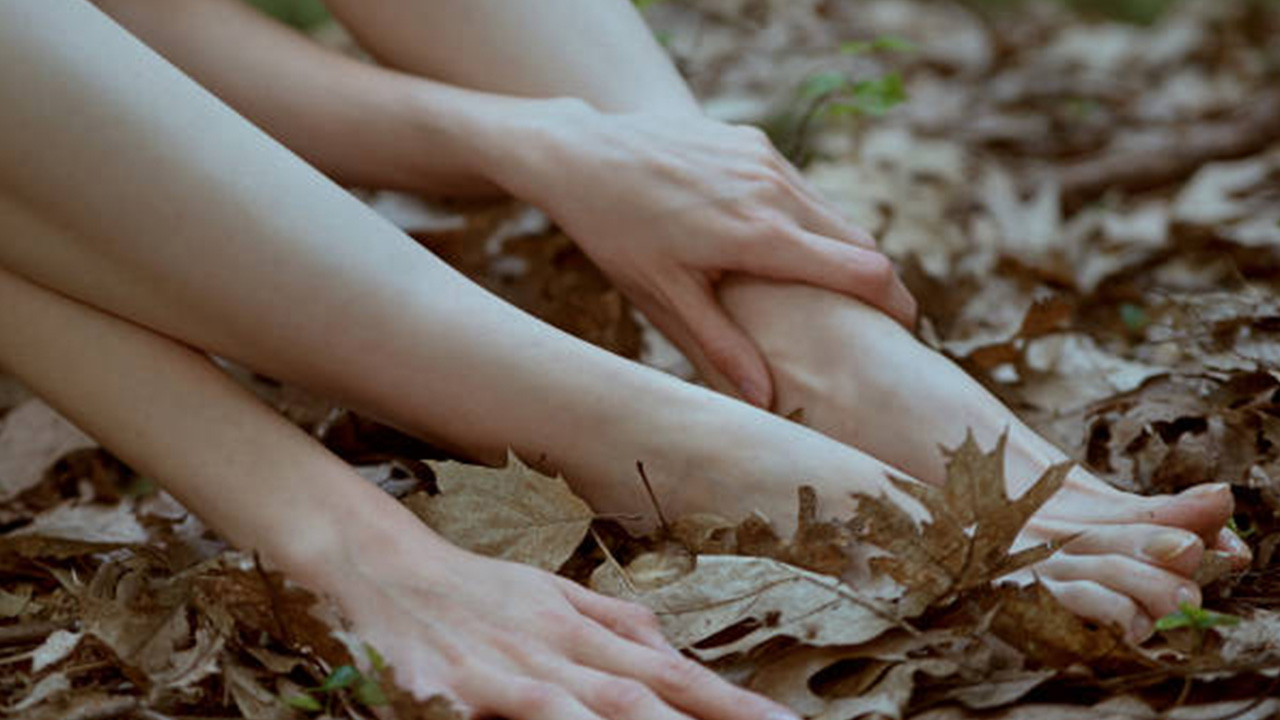Physiotherapy is a science that helps people who are affected adversely by illness, disability and injury by using exercise and movement, education and manual therapy. The goal of the science is to facilitate recovery, or at minimum encourage good health and quality of life. This type of therapy can be helpful in a wide variety of applications—the back, spine, neck, arms, legs, hips, joints and more.
Physio can also help the lesser known problems
Consider though that physiotherapy can be very helpful with smaller issues also. Ailments like fallen arches can benefit from a good therapy plan. The discipline is powerful enough to play an important role in bringing relief. For anyone who has fallen arches, they understand the discomfort associated with it. We spoke to Ben Wilde at Physio & More whom has helped many patients who suffer from fallen arches and said that it was becoming an increasing problem for them locally.
Sometimes flat feet develop during childhood and other times they are a result of an injury. Either way, they can produce not only pain in the feet, but also in the ankle joints. A healthy arch creates a visible upward curve in the foot. Ligaments and tendons in the foot stabilize it. If those ligaments and tendons start to weaken, the arch can collapse. This can cause intense pain throughout the entire body because your footing affects your back, spine, neck, knees, joints, hips and shoulders.
Another time flat feet occur is during an injury, or during excessive foot stress. Have you ever sprained your ankle? Without the proper time to heal, the arch can be damaged. This can easily lead to flat feet. Without the needed care, it can create all the problems associated. Resulting affects are weak foot muscles, difficulty standing or walking—especially in high heels, or needing shoes with special arch supporting mechanisms.
The best ways to treat fallen arches
Finding ways to help fallen arches are critical for the sufferer. Physiotherapy is one method of aid that can help. Fallen arches are a respult of weakened muscles. One of the specialties of therapy is understanding how to isolate those compromised muscles and start rehabilitating them. A therapist will come up with various exercises to aid. One is a Pilates-based towel stretch. You sit in a chair with a towel on the floor in front of you. With heels pressed on the towel, you are instructed to start moving the towel towards the heels with the balls of your feet. This has to be done without help from scrunched up toes.
The result of this exercise is that the patient starts to isolate the core arch muscles and build them up in strength. Its things like this that a physiotherapist will be able to guide a patient through. One of the biggest problems with exercise is not only understanding the body makeup and what is relevant, but also doing them properly. This is where physiotherapy can be invaluable.


